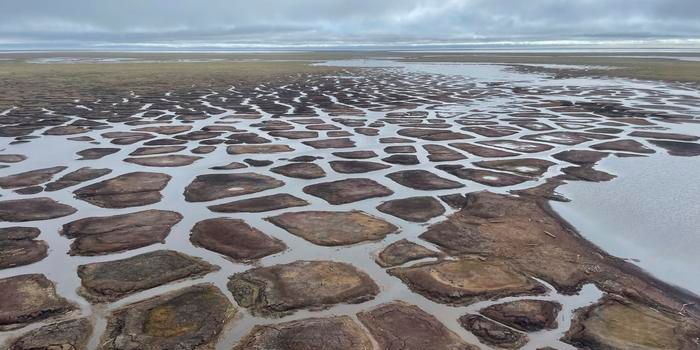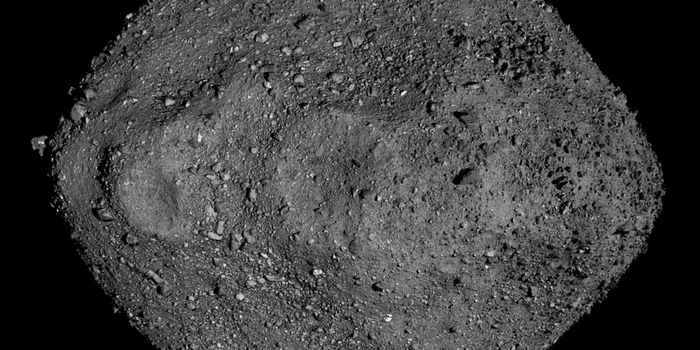Exotic Exoplanets where the Clouds are made of Sand
As humans we are used to seeing light and fluffy clouds that are made of water. However, beyond the scope of our planet, clouds can be made of variable compounds such as ammonia and other gases like on Jupiter. Almost anything is possible.
For some time, astronomers have known that for certain exoplanets, clouds can contain silicates, which, on our planet, are compounds known for forming rocks and sand. But they have been perplexed to know the reason behind it. Recently, a study published in the Monthly Notices of the Royal Astronomical Society provided insight into this phenomenon. This study was led by Dr. Genaro Suarez, a postdoctoral fellow at the University of Western Ontario, Canada. The team suggests that a particular temperature leads to the formation of silicate clouds which are then seen at the top of a planet’s atmosphere. These temperatures range from 1900° F to 3100° F. The research that allowed for this conclusion was conducted using am infrared telescope called the Spitzer Space telescope (now retired) which was looking at brown dwarfs.
Brown dwarfs form a bridge between planets and stars and are usually known as failed stars. Studies of brown dwarfs and their atmospheres provide a good insight into potential exoplanetary atmospheres as they have similar atmospheric properties. Exoplanets are very tiny (in astronomical terms), which makes it hard to study their atmospheres in detail from Earth right now. Therefore, brown dwarf studies provide an excellent proxy for this kind of research, which is essential to understanding the highly variable chemical compositions of exoplanets and, finally, to better understand whether any kind of life can exist there.
Soon, the famous James Webb Space Telescope (JWST) -successfully launched this year- will be able to look at the deeper details of such phenomenon. This telescope is the largest in space and has excellent infrared vision, which is perfect to explore cooler objects in space such as exoplanets and brown dwarfs. See the video below to learn how JWST will study the exoplanets and their atmospheres.








